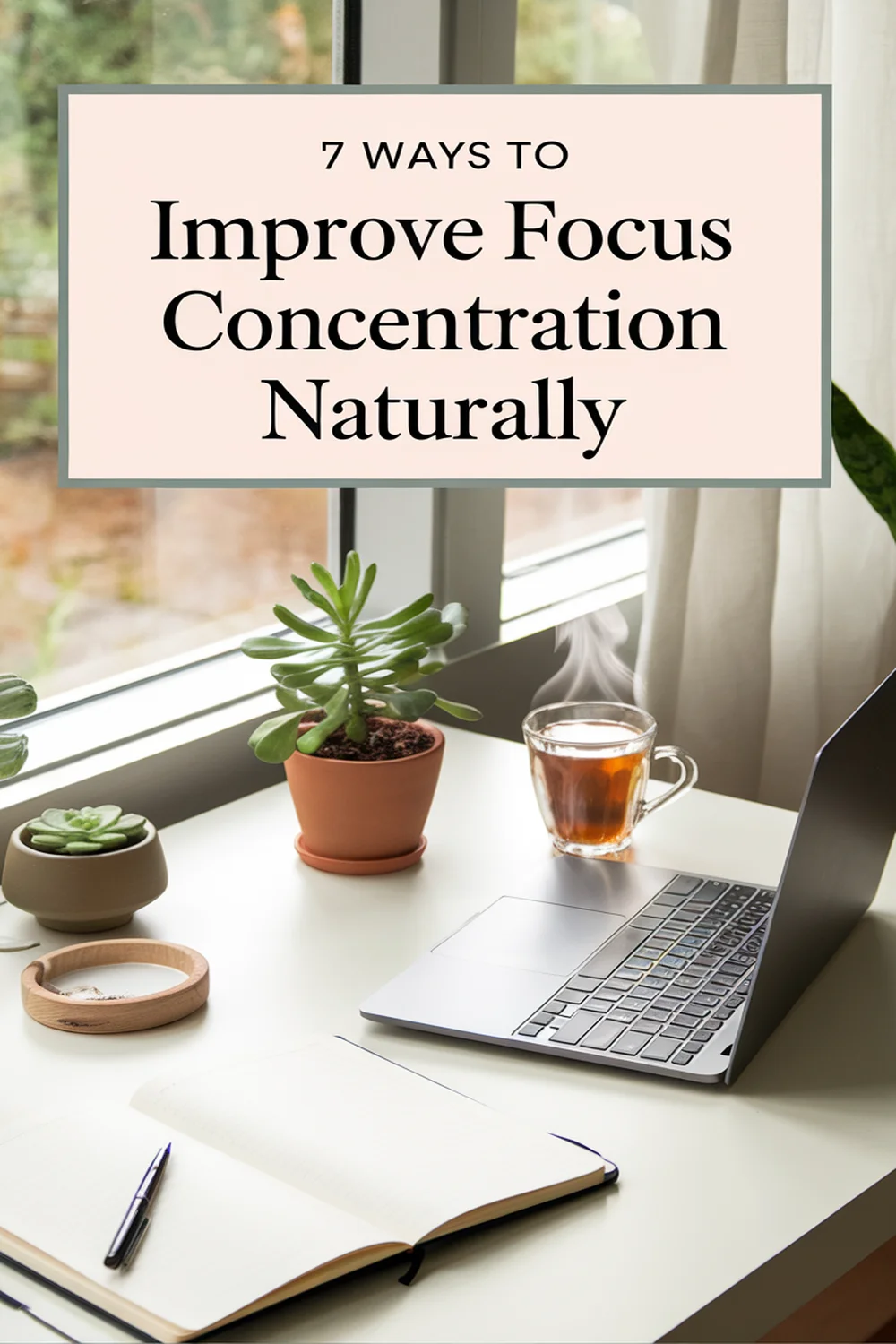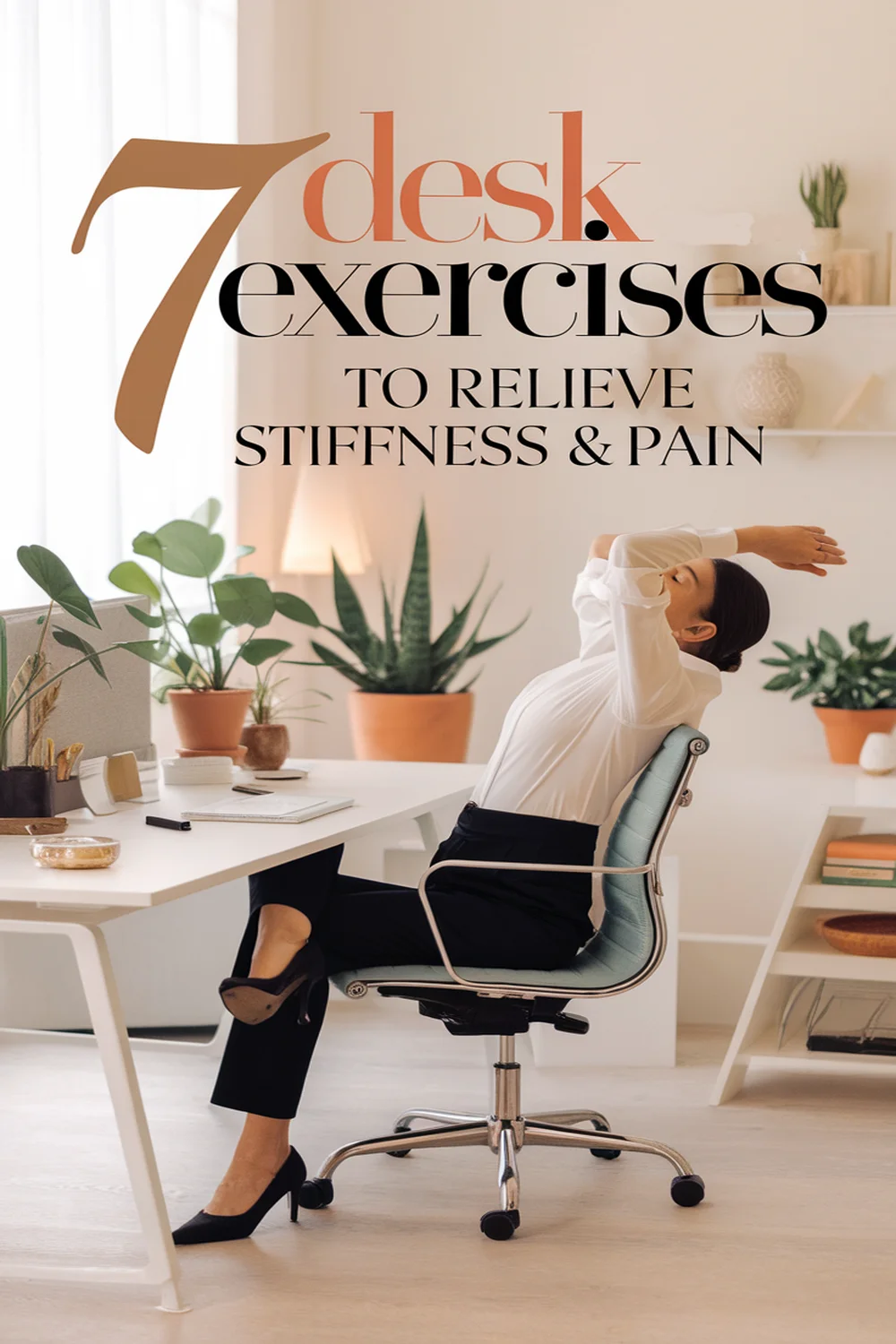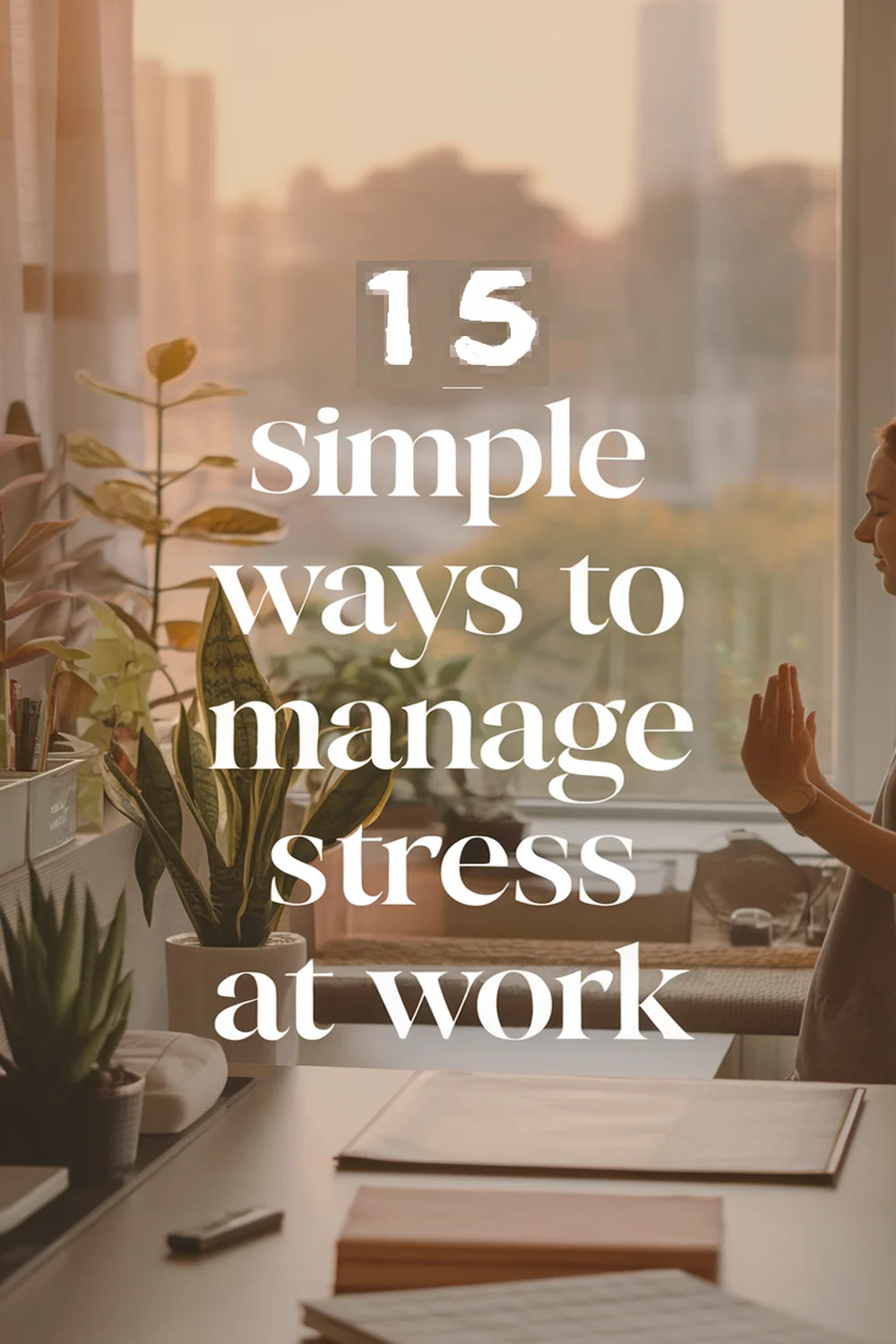To maintain good posture at work, set up an ergonomic workspace with the right desk and chair height. Keep your feet flat on the floor and monitor at eye level. Use a document holder to ease neck strain, and remember to monitor your posture throughout the day. Stay hydrated and encourage movement during meetings to reduce stiffness. If you want tailored advice, seeking professional guidance can boost your work comfort. Plenty more tips await.
Set Up an Ergonomic Workspace
When you set up an ergonomic workspace, you not only enhance your comfort but also improve your productivity. Start with the desk height; it should allow your elbows to be at a 90-degree angle when typing. Position your monitor at eye level, about an arm’s length away, to prevent strain on your neck. Use a supportive chair that encourages good posture, with your feet flat on the floor. Don’t forget about proper lighting; it should minimize glare on your screen. Keep frequently used items within easy reach to avoid awkward stretching. Regularly assess your setup, as minor adjustments can make a significant difference overall. These changes create a workspace that supports both your well-being and efficiency.
Recommended Items
Discover our top picks for health and wellness—let’s keep you feeling great at work!
Adjust Your Chair for Comfort
A well-adjusted chair is essential for maintaining comfort during long hours at your desk. Start by adjusting your chair’s height so your feet rest flat on the floor, which we’ll discuss later. Your knees should be at a 90-degree angle, ideally level with or slightly lower than your hips. If your chair has lumbar support, position it to align with your lower back curve. This support helps prevent slouching, reducing strain on your spine. Consider the seat depth as well; you should have 2-4 inches between the back of your knees and the chair’s edge. Finally, if your chair offers armrests, adjust them so your shoulders stay relaxed, minimizing tension in your neck and upper back.
Keep Feet Flat on the Floor
Adjusting your chair properly is just the first step to achieving good posture at work. To maintain proper alignment, keep your feet flat on the floor. This position supports your lower back and encourages a neutral spine. If your feet don’t reach the floor, consider using a footrest. A footrest can provide stability and help distribute your weight evenly, reducing fatigue and discomfort. It’s important to avoid crossing your legs or sitting on your feet, as these habits can lead to poor circulation and misalignment. Regularly check your posture throughout the day, adjusting your chair or foot positioning as needed. Remember, maintaining flat feet isn’t just comfortable; it’s essential for long-term health and productivity at your workstation.
Position Your Monitor at Eye Level
Proper monitor positioning is essential for maintaining good posture and reducing eye strain. To achieve this, verify your monitor is at eye level, so your eyes naturally gaze slightly downward while viewing the screen. This position helps align your head and neck, preventing unnecessary strain. Adjust the height of your monitor using a stand or stack of books until the top of the screen is at or just below eye level. Keep the monitor about an arm’s length away to avoid leaning forward. Regularly check your alignment, especially if you’re using multiple screens. Taking a few moments to adjust your workspace can greatly enhance your comfort and productivity over time.
Use a Document Holder
Positioning your monitor correctly is just one part of creating an ergonomic workspace. To enhance your comfort, consider using a document holder. It keeps your materials at eye level, reducing neck strain and promoting better posture. By elevating documents, you won’t have to hunch over to read, which can lead to discomfort and fatigue.
When using a document holder, place it close to your monitor, ensuring minimal eye movement. This setup helps you maintain focus and reduces the risk of repetitive strain injuries. When selecting a document holder, choose one that’s adjustable to suit your specific needs. Incorporating this simple tool can lead to significant improvements in your posture and overall well-being throughout your workday.
Take Regular Breaks
Although you might feel pressured to stay focused on your tasks, taking regular breaks is essential for maintaining good posture and overall health. Studies show that stepping away from your desk can reduce muscle fatigue, improve circulation, and enhance productivity. Aim for a break every hour, even if it’s just for a few minutes.
| Break Duration | Activity | Benefits |
|---|---|---|
| 5 Minutes | Stand and stretch | Relaxes muscles |
| 10 Minutes | Walk around | Improves circulation |
| 15 Minutes | Hydrate and refresh | Boosts energy levels |
| 30 Minutes | Disconnect | Clears mental clutter |
| 1 Hour | Engage in a hobby | Reduces stress |
Incorporate Stretching Exercises
Incorporating stretching exercises into your daily routine can greatly enhance your posture and counteract the negative effects of prolonged sitting. Simple stretches, like neck tilts, shoulder rolls, and spinal twists, can help relieve tension and improve your mobility. Aim to stretch every 30 to 60 minutes, focusing on areas that feel tight. Research shows that short, frequent stretching breaks can boost blood flow and reduce the risk of musculoskeletal disorders. You don’t need a lot of time; a few minutes of stretching is all it takes. Consider setting reminders or integrating stretches into your break times. By consistently stretching, you’ll foster better alignment and reduce discomfort, ultimately leading to improved posture and productivity throughout your workday.
Mind Your Desk Organization
To maintain good posture at work, it’s essential to mind your desk organization carefully. A cluttered workspace can lead to unnecessary strain as you reach for items or shift in your chair. Keep your desk tidy and make certain that everything you need is within easy reach. Here are some practical tips:
- Place your monitor at eye level to prevent neck strain.
- Position your keyboard and mouse at elbow height to promote relaxed shoulders.
- Use drawer organizers to keep frequently used items easily accessible.
- Maintain a clear pathway to move around comfortably.
Step-by-Step Guide to Good Posture at Work
Invest in Supportive Footwear
Wearing supportive footwear can considerably impact your overall comfort and posture during long hours at work. Poor footwear can lead to misalignment of your spine and chronic pain, making it difficult to focus on your tasks. Choose shoes with cushioning and arch support to help distribute your weight evenly. A proper fit is essential; shoes that are too tight or loose can exacerbate discomfort. Look for styles that offer motion control to help maintain stability. Avoid high heels and flat shoes with inadequate support. Remember, your feet are the foundation of your body, so investing in quality footwear pays off. By prioritizing supportive shoes, you’ll enhance your posture and ultimately improve your productivity at work.
Practice Core Strengthening
Strengthening your core is essential for maintaining good posture throughout your workday. A strong core supports your spine and helps you sit or stand upright, reducing strain on your back. Incorporating core exercises into your routine can enhance your overall comfort and productivity at work. Here are some effective exercises to contemplate:
- Planks: Engage multiple muscle groups, building stability.
- Bridges: Strengthen your lower back and glutes, promoting a neutral spine.
- Russian Twists: Improve torso rotation and balance, critical for proper posture.
- Dead Bugs: Enhance coordination and core strength, important for reducing slumping.
Dedicate a few minutes daily to these exercises; your body (and back) will thank you!
Use a Headset for Calls
Since prolonged phone calls can lead to awkward neck and shoulder positions, using a headset is a practical solution to maintain good posture. Headsets allow you to keep your hands free and your neck aligned, preventing you from hunching over your phone. Research shows that maintaining a neutral spine during calls greatly reduces muscle strain, which can lead to discomfort and long-term injury. By choosing a wireless headset, you can move around while speaking, promoting better posture. Additionally, you’ll be less likely to lean forward or twist your torso awkwardly. Consider investing in a quality headset with good sound clarity, ensuring you remain comfortable and effective in your communication without compromising your posture throughout the day.
Monitor Your Posture
Even with a headset to keep your hands free, it’s important to regularly check your posture throughout the day. Poor posture can lead to discomfort, fatigue, and long-term health issues. Set reminders to reassess your position, making sure you’re sitting up straight with your shoulders relaxed.
To help you monitor your posture effectively, consider these tips:
- Align your ears with your shoulders.
- Keep your feet flat on the floor or on a footrest.
- Make sure your computer screen is eye level.
- Take frequent breaks to stand and stretch.
Being proactive about your posture not only enhances comfort but also boosts productivity and overall well-being. Remember, staying aware of your alignment is vital for a healthier workspace.
Stay Hydrated Throughout the Day
Maintaining proper hydration during your workday is essential for sustaining focus and energy. Studies show that even mild dehydration can impair cognitive function, leading to decreased productivity. Aim to drink at least eight 8-ounce glasses of water daily, more if you’re active or in a warm environment. Keep a reusable water bottle at your desk to remind you to sip throughout the day. If plain water feels boring, try infusing it with lemon or cucumber for a revitalizing twist. Set reminders on your phone or use apps designed to track water intake, ensuring you stay accountable. Hydration not only boosts your energy levels but also helps maintain physical comfort, making it easier to keep good posture while you work.
Encourage Movement During Meetings
While it might be tempting to remain seated during meetings, encouraging movement can greatly enhance engagement and reduce discomfort. You don’t have to abandon formality; small adjustments can keep everyone alert. Consider incorporating movement breaks or standing discussions. Research shows this increases productivity and creativity.
Here are some simple ways to encourage movement during meetings:
- Allow participants to stand or stretch every 20-30 minutes.
- Use walking meetings for smaller groups to discuss ideas.
- Designate a ‘movement ambassador’ to suggest activities or breaks.
- Incorporate standing desks or movable furniture for a flexible layout.
Seek Professional Guidance if Needed
Incorporating movement into your workday is a great way to boost energy and focus, but if you’re still experiencing discomfort or strain, seeking professional guidance can make a significant difference. Consider consulting a physical therapist or ergonomic specialist who can evaluate your workspace and posture. They can provide personalized recommendations for adjustments that promote better alignment. A professional can also teach you exercises to strengthen your core and improve flexibility, which are key for maintaining good posture. Don’t hesitate to ask about specific gear, like chairs or desks, that best suit your needs. Taking this proactive step not only helps alleviate discomfort but also enhances your overall productivity and wellbeing at work. Remember, investing in your health pays off in the long run.











